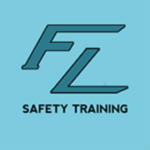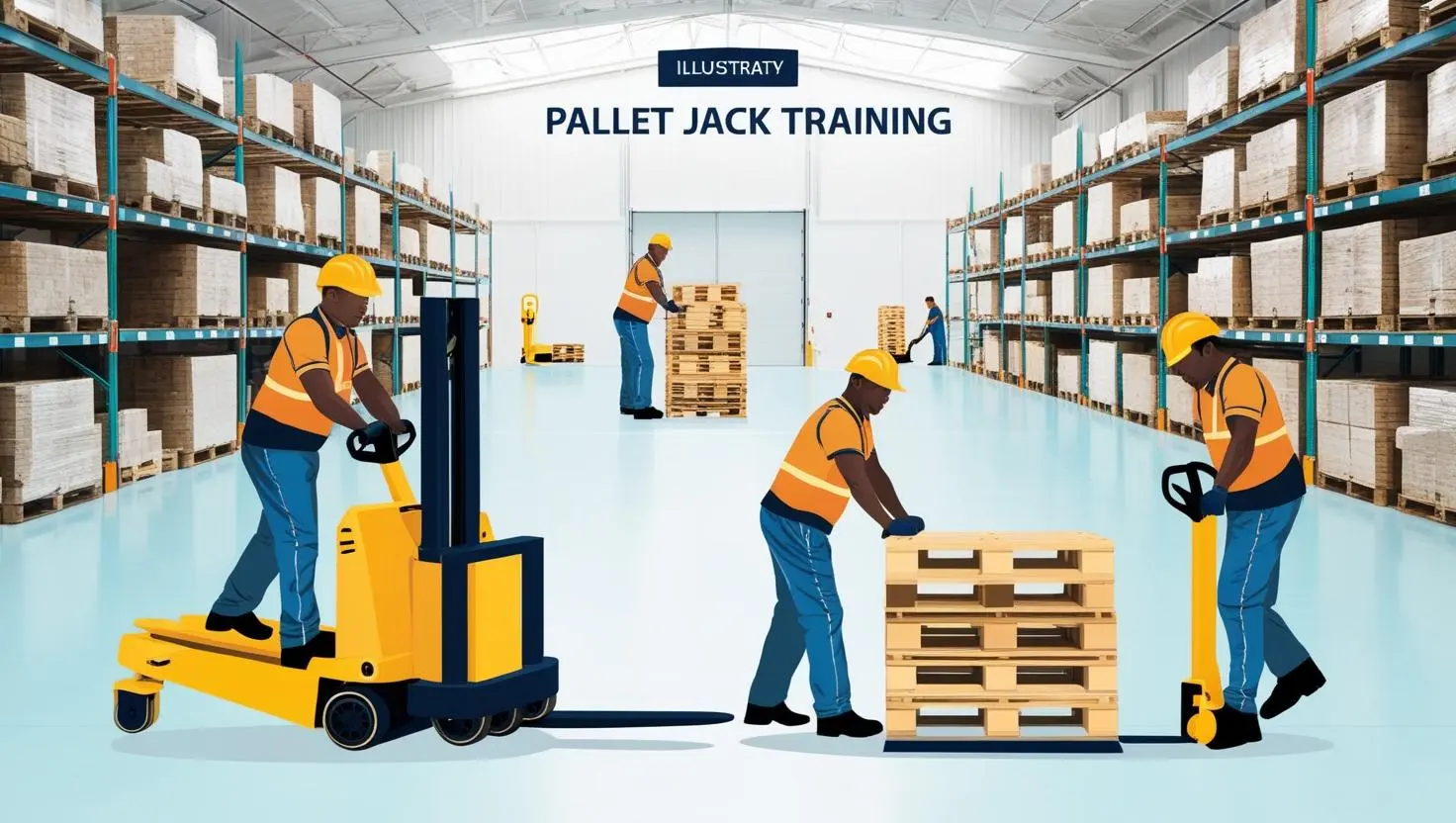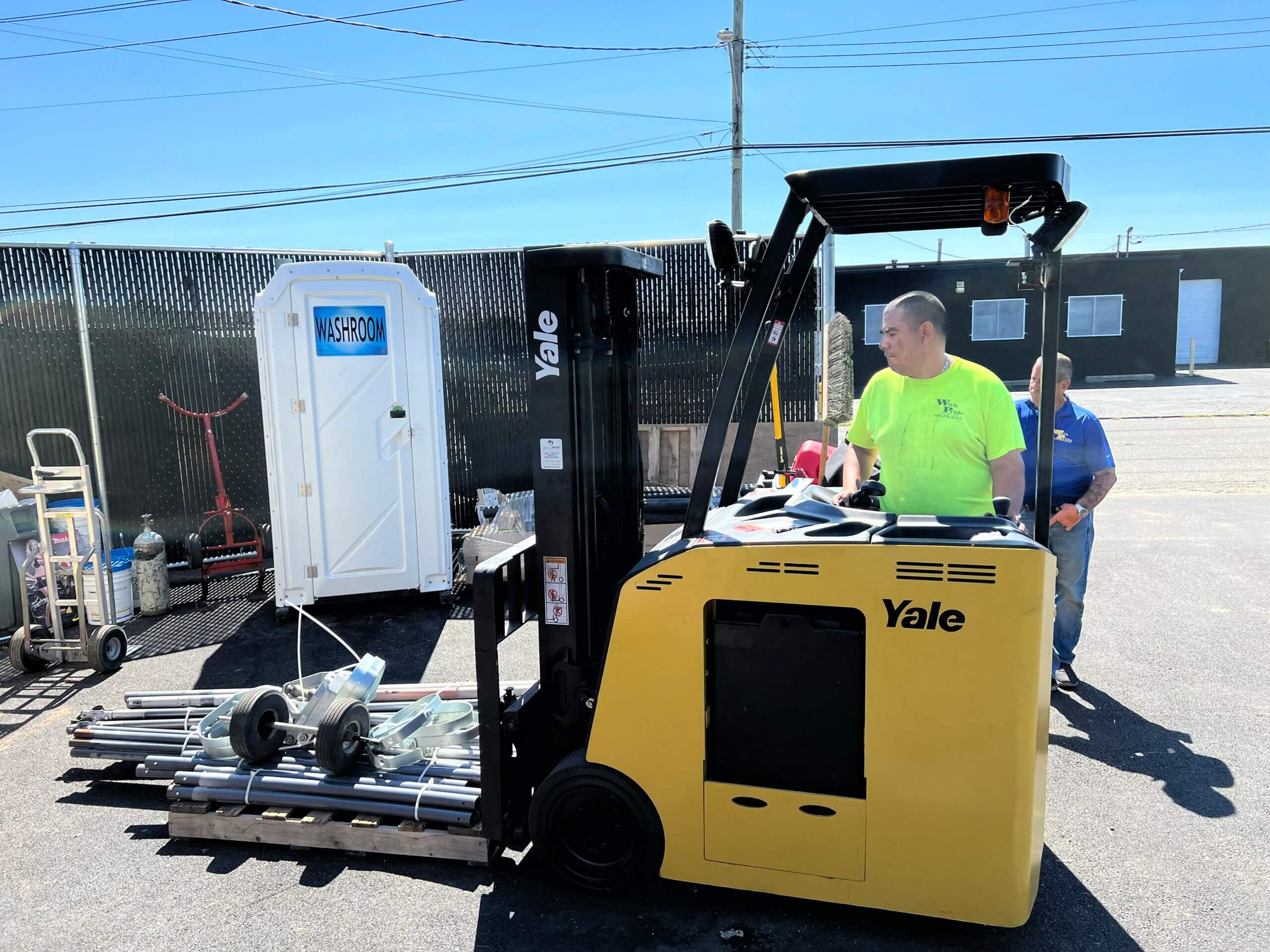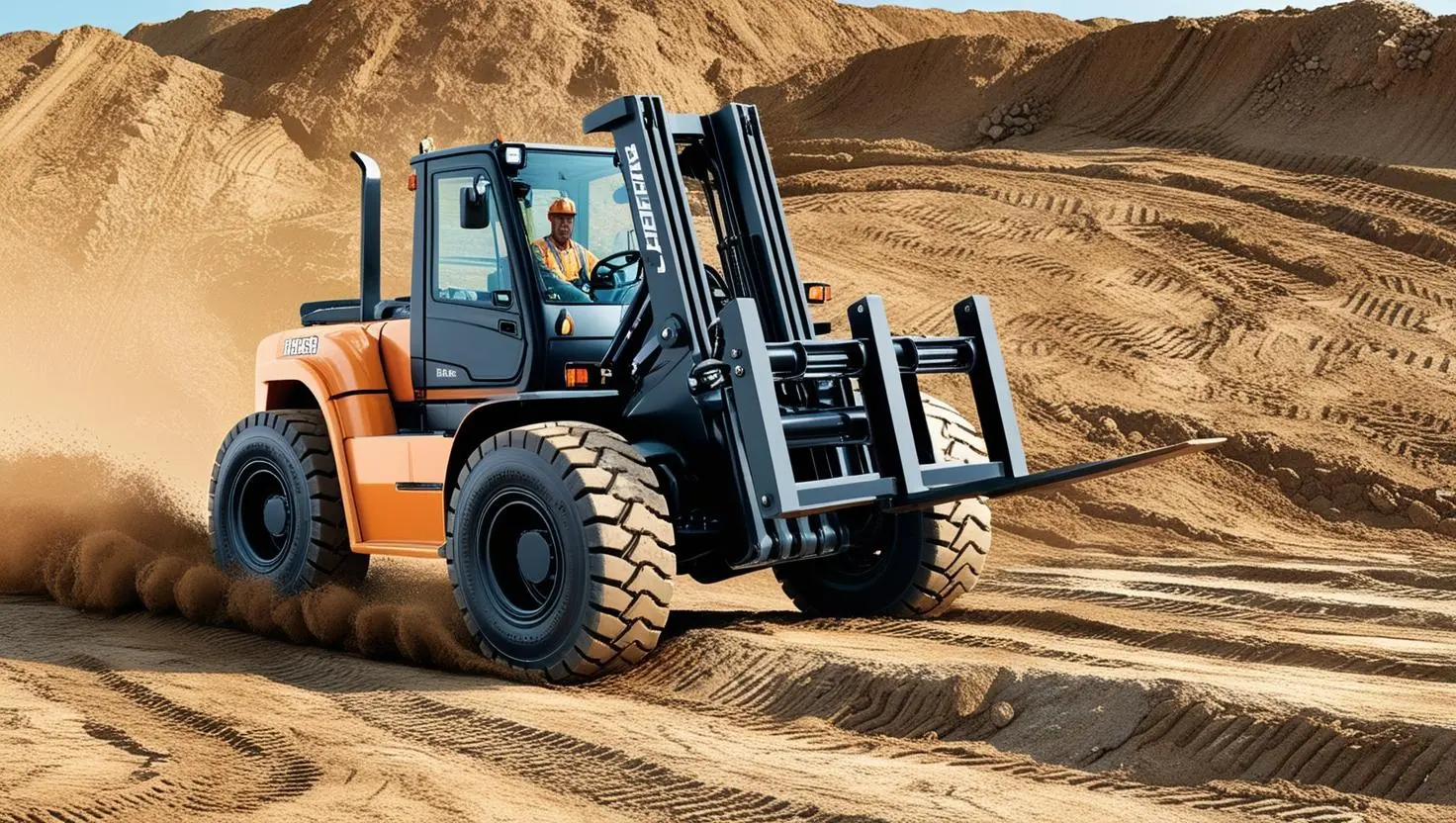PA Stand Up Forklift Training & Certification
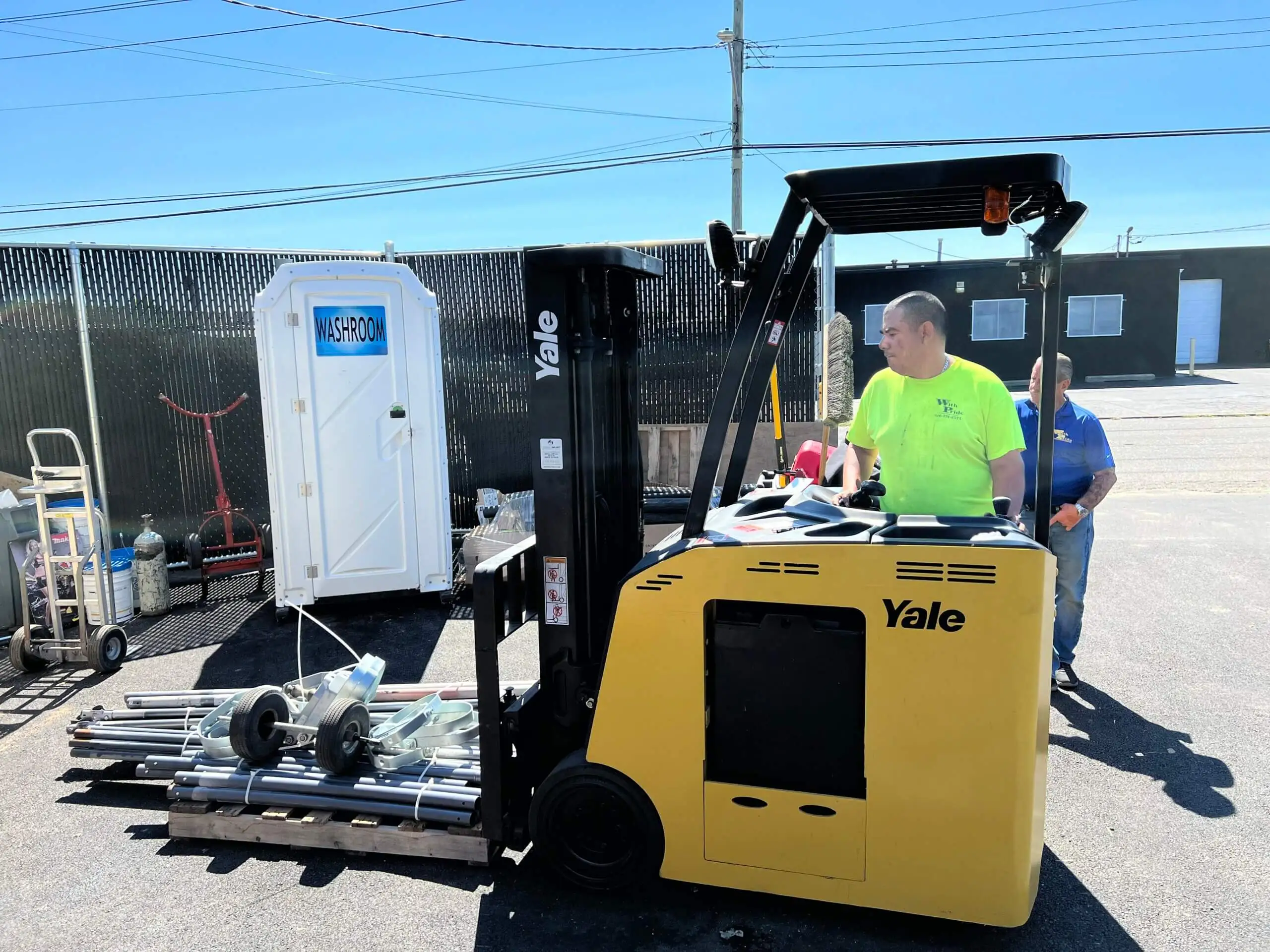
Course Duration
4 Hours
Course Session
1 Session
Language
English, Spanish
Training Type
Onsite Training
Course Overview
Our Stand Up Narrow Aisle Forklift training course curriculum combines a plethora of training, such as formal instruction, practical training and learning, and assessing the operators performance in the workplace and with equipment.
Fast Line Safety Training delivers high-quality, hands-on training at your location and provides the industry’s preferred operator card.
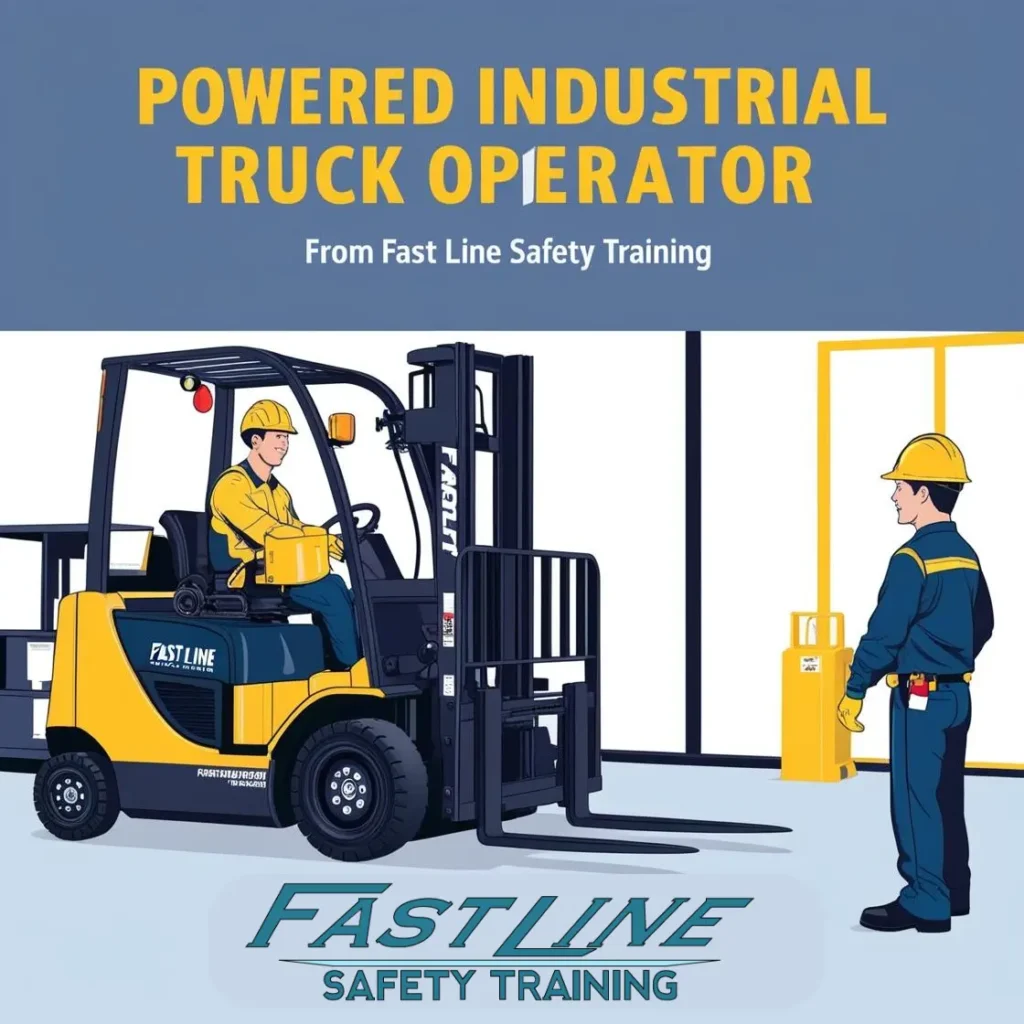
Forklift Training Program
- Counterbalance ForkliftClass 1, 4, & 5
- Stand-up Narrow Aisle ForkliftClass 2
- Electric Pallet JackClass 3
- Rough Terrain ForkliftClass 7
Additional Course Information
What you'll learn
- Safe operating procedures
- Battery safety and maintenance
- Load stability and weight limits
- Pre-operational inspections
- Emergency procedures
- Traffic and pedestrian safety
- Understanding stand-up forklift components
- Proper lifting techniques
- Maneuvering in confined spaces
This Training is Valid for:
3 Years
Retraining is essential to ensure that operator’s skills remain updated, and they continue to operate forklifts safely and efficiently.
Who needs Stand-Up Forklift training & Certification?
Our Stand-Up Forklift Certification Training is meticulously crafted for individuals who operate stand-up forklifts in various settings such as warehouses, construction sites, and manufacturing facilities.
Whether you are a novice or experienced operator, our program is designed to enhance your skills, ensuring that you operate stand-up forklifts safely and efficiently, in compliance with OSHA regulations.
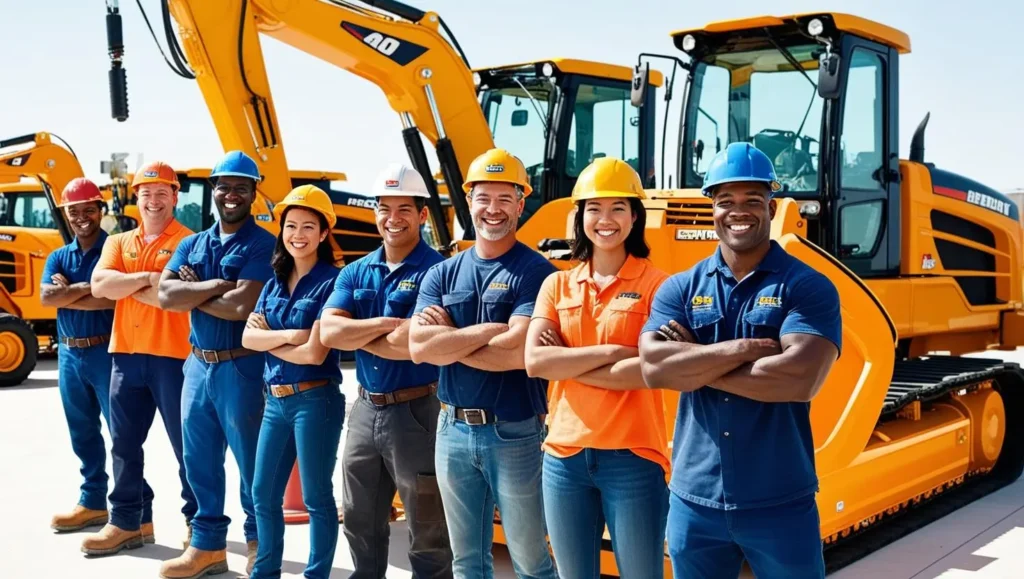
Learning Outcomes
Upon completion of this course, participants will be able to:
- Understand the different types of stand-up forklifts and their applications
- Identify and apply safe operating procedures for stand-up forklifts.
- Recognize and control hazards associated with stand-up forklift operation.
- Perform pre-operational inspections and basic maintenance checks.
- Maneuver stand-up forklifts safely and efficiently in various warehouse environments.
- Handle loads safely and securely to prevent accidents and damage.
- Respond appropriately to emergencies.
- Comply with relevant safety regulations and best practices.
What are the Requirements for Stand-Up Forklift Certification?
To be certified as a stand-up forklift operator, participants must undergo a comprehensive training program that encompasses essential aspects such as:
- Equipment Operation: Mastery over the functionalities and operation of stand-up forklifts.
- Safety Protocols: In-depth understanding of safety guidelines to minimize risks and prevent accidents.
- Workplace Rules: Knowledge of workplace-specific rules and regulations for the operation of stand-up forklifts.
Live on one of these states? We Travel To You!
Fast Line Safety Training is proud to offer this certification across New York, New Jersey and Pennsylvania. Explore the links below to discover more about this certification in other areas:
Course Outline
This Course outline provides a general overview of the topics to be covered. The actual course content may be adjusted slightly based on the specific needs and learning styles of the participants
Lesson 1: Introduction
- Welcome and Introductions
- Course Objectives and Overview
- Importance of Stand-Up Forklift Training
- Safety Culture and Accident Prevention
- Risk Factors and Statistics
- What is a Powered Industrial Truck (PIT)?
- Types of Stand-Up Forklifts:
- Narrow Aisle Forklifts
- Reach Trucks
- Order Pickers
- Walkie Stackers
- Counterbalance Stand-Up Forklifts
Lesson 2: Safe Operating Procedures
- Federal, State, and Company Regulations
- Operator Daily Checklist
- Pre-Operational Inspections
- Safe Travel Rules
- Steering Modes – Narrow Aisle Forklift
- Intersection Procedures
- Emergency Stops / Braking
- Safe Load Handling Concepts
- Center of Gravity
- Combined Center of Gravity
- Centrifugal Force
- Inertia
- Load Center
- Picking up a Load
- Traveling with a Load
- Placing a Load
- Ramp Procedures
- Dock Procedures
- Dock and Ramp Procedures
Lesson 3: Hazard Recognition and Control
- Facility Characteristics
- Safety Decals
- Safety Devices
- Forks
- Tires
- Data Plate
- Load Chart
- What Do They Weigh?
- First Rules of Safety
- PIT Work Platforms
- Energized Power Lines
- Diesel | Gasoline CNG-Refueling Process
- Refueling a Propane Powered PIT
Lesson 4: Battery Safety and Maintenance
- Safe Battery Charging Area
- Safe Battery Handling
- Don’t Leave Your PIT Unattended
- Safe Parking Rules
Lesson 5: Practical Application
- Hands-on Demonstration or Simulation
- Practice Maneuvering and Load Handling
- Question and Answer Session
Lesson 6: Conclusion
- Summary and Key Takeaways
- Certification/Evaluation (if applicable)
- Resources and Additional Information
- Feedback and Evaluation
Pricing
Group
Minimum 5 person per class-
We Come to You
-
Schedule Flexibility
-
Hands-on Training
Inquire about setting up a private class for your team and ask about group discounts.
To successfully complete the training, students must:
- Earn a minimum score of 75% on the final evaluation.
- Complete 100% of the required course content.
- Completion of required pre-and post-quiz assessment
- Actively participate in all written and practical learning activities.
- Completion of Continuing Education and Training Registration Form
Please note that no make-up time will be provided for missed assignments or activities.
The Preferred Equipment Operator Card
Students that satisfactory complete the course are issued temporary cards on-site
Completion Cards are valid for 3 years and in all 50 states.
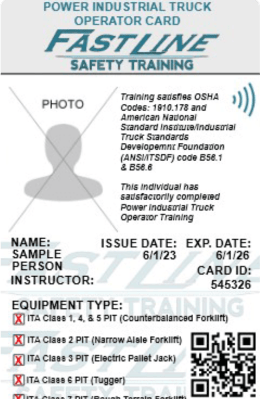
QR Code/ NFC Technology
Digital ID Card: Quickly scan your card with any smartphone camera to experience the convenience of your digital identification profile.
Blockchain Protected
Blockchain-protected: Experience the next generation of security. Leveraging the power of blockchain technology, your cards are encrypted and tamper-proof, ensuring your information is always safe.
ID Cards with Face Photo
Full-resolution ID Cards: Fast Line Safety Training issues A standard identification card featuring a full-color photograph of the individual.
Completion cards are valid for 3 years and in all 50 states.
We are the only providers issuing such permanent cards.
Book your next training course with us.
Fill out the form below or call us at (484) 205 – 9802
to set up your training session!
l out the form below or
call us at (631) 393 – 6755
to set up your training session!

Frequently Asked Questions
Who needs to take a Stand-Up Forklift Training Course?
This Stand-Up Forklift Training course is designed for a broad range of individuals working in environments where these machines are utilized.
This includes warehouse workers, forklift operators, material handlers, supervisors, logistics personnel, safety managers, and anyone who works near stand-up forklifts.
Whether you operate these machines directly or work in a supporting role, this training provides valuable safety knowledge and operational skills to enhance efficiency and create a safer working environment
What are the different types of stand-up forklifts, and how do their features vary?
There are several types of stand-up forklifts, each with unique features:
- Narrow Aisle Forklifts: Designed for operation in very narrow aisles, often used in high-density storage environments.
- Reach Trucks: Feature a telescoping mast that allows for access to deeper pallet racking.
- Order Pickers: Used for picking orders from various levels of racking.
- Walkie Stackers: Compact and maneuverable, suitable for handling lighter loads.
- Counterbalance Stand-Up Forklifts: Similar to sit-down forklifts but with a standing operator platform.
What are the common causes of stand-up forklift accidents, and how can they be prevented?
Although online forklift certification programs exist, they must include a hands-on evaluation component. many online training programs do not offer this component and may need to be better as a certification.
What are some ergonomic considerations for operating a stand-up forklift?
- Proper posture: Maintain good posture to minimize strain on the back, neck, and shoulders.
- Adjustability: Ensure the controls and operator platform are adjustable to fit the operator’s size and reach.
- Avoid repetitive motions: Take frequent breaks to avoid repetitive strain injuries.
- Use proper lifting techniques: When lifting or lowering loads, use proper lifting techniques to prevent back injuries
